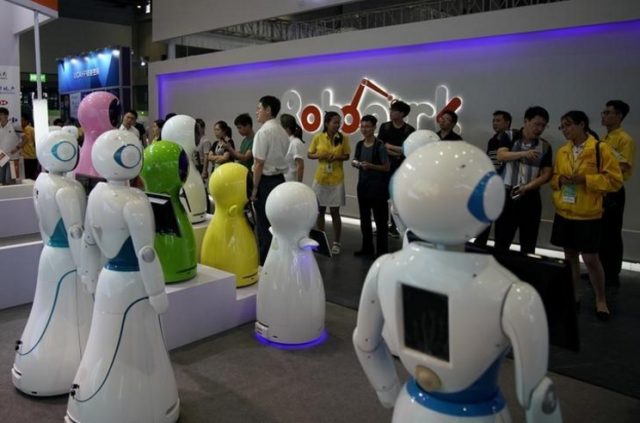
BEIJING, CHINA — China unveiled a national artificial intelligence (AI) development plan on Thursday, laying out its ambitions to build world-leading technology amid heightened international friction over applications of AI in military technology.
The value of the country’s core AI industries will exceed 150 billion yuan ($22.15 billion) by 2020 and 400 billion yuan ($59.07 billion) by 2025, the State Council said in a notice on Thursday.
“The situation with China on national security and international competition is complex… we must take initiative to firmly grasp this new stage of development for artificial intelligence and create a new competitive edge,” it said.
The plan comes as the United States is poised to bolster its scrutiny of investments, including artificial intelligence, over fears that countries including China could access technology of strategic military importance.
It follows a similar national AI development plan released by the U.S. in October last year.
The report says China aims to catch up to global leaders by rectifying existing issues including a lack of high-end computer chips and equipment, software and trained personnel.
It outlines strategic plans to strengthen links between private firms, research bodies and military bodies to promote mutual development in AI.
It also says it will increase the role of government in guiding development of AI with policy support and market regulation as well as developing AI safety assessments and control capabilities.
China has already begun investing heavily in artificial intelligence technology, including a mix of private and state-backed initiatives.
Several top Chinese firms have established research bases in the U.S., including Baidu Inc and Tencent Holdings Ltd.
This year AI was named as a strategic technology by Chinese Premier Li Keqiang in an annual report that lays out the most important leadership priorities.









